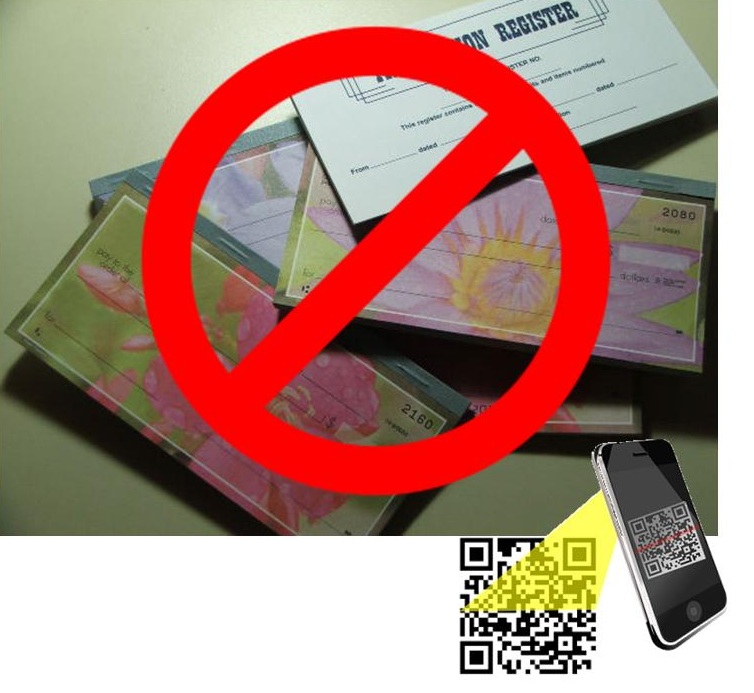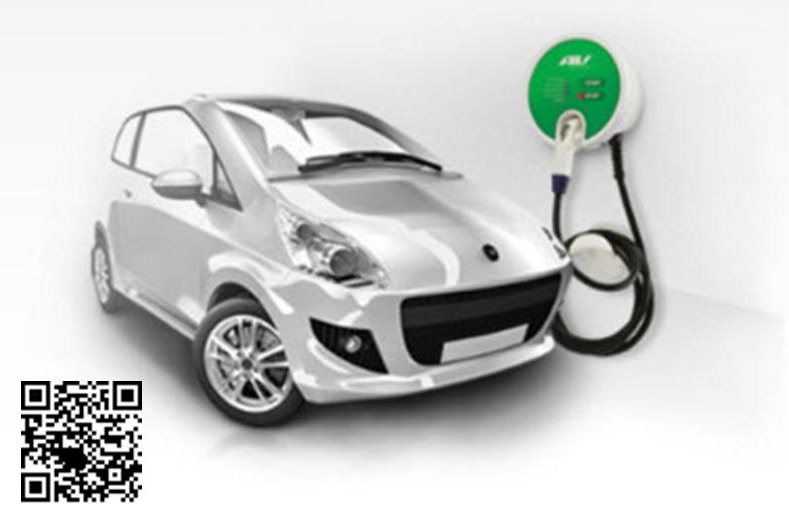The barcodes located on bills, combined with payment apps could bring an end to paper payments in Australia.
The quick and easy use of QR codes located on utility and other types of household bills could lead to the end of the use of paper checks sent through the mail as early as five years from now.
The convenience of simply scanning the barcode with a smartphone to pay a bill is very appealing to Australians.
These QR codes are now being found on a growing number of household bills, including from the massive utility companies Sydney Water and Australian Power & Gas. These are only the first billers to use them, but systems are now in place to allow a rapidly growing number of companies to print them on their invoices. For instance, BPay has just finished launching the technology in a big bank owned joint venture so that many more opportunities will soon begin opening up for customers.
This rapid growth of QR codes for making mobile payments could begin an important shift in transaction trends.
 This is an opportunity for consumers and billers alike as the use of QR codes to help with bill payments is far less costly than using checks or even cash. The number of billers who will be introducing these barcodes on their paper bills is now about to experience a very rapid rise.
This is an opportunity for consumers and billers alike as the use of QR codes to help with bill payments is far less costly than using checks or even cash. The number of billers who will be introducing these barcodes on their paper bills is now about to experience a very rapid rise.
The advantage to consumers is that all that they will need to do to pay their bills is to use their smartphones to scan the QR codes using a free scanning app. This will automatically populate their own unique payment methods – such as their online banking page – with the details that they would need to type in manually using any other online technique.
Equally, the billers are able to benefit from the QR codes because it will rapidly and automatically reduce the number of data entry errors that can lead to delays in payments. The rapid support for the use of the new barcodes amidst additional plans by the banking sector to implement smartphone friendly strategy will have Australia heading forward with this type of plan at a much faster pace than many other countries of similar sizes and economies.
The smartphone friendly barcodes are a vital element of a new German joint venture.
According to the latest announcement from the Hubject GmbH joint venture participants among German auto manufacturers, being able to access any electric car charging station across Europe could require nothing more than the scanning of QR codes.
The new “eRoaming” platform was unveiled in Berlin at a conference that could change the electric car ecosystem.
This platform will make it possible for electric car owners to use QR codes to be able to charge their vehicles at any European station as long as they have their smartphones handy. The joint venture company, Hubject GmbH, comes with the tagline “Charge wherever you like” and this new smartphone friendly barcode will make the group even more capable of living up to its words.
The QR codes will allow it to come closer to its vision of making all charging stations accessible.
 The group spoke at the International Emobility Conference that was held in Germany and explained that the QR codes allow the owners of electric cars to charge their vehicles at any stations without having to obtain a membership with that specific station’s owner.
The group spoke at the International Emobility Conference that was held in Germany and explained that the QR codes allow the owners of electric cars to charge their vehicles at any stations without having to obtain a membership with that specific station’s owner.
In both the United States and Europe, a charging station network owns the majority of charging stations, and access is limited to individuals who have a membership with that network. There are times that electric vehicle owners will head into a charging station in dire need of recharging, but cannot do so because of the limited access that those networks provide.
It is a dilemma that is being compared to that in the 1990s, when cell phone users had specific roaming agreements and could find that their service was either unavailable or was exceptionally expensive if users travelled outside their designated service area. The same idea is now being experienced by electric car owners who now have “roaming” style access to charging stations.
With the QR codes, any of the stations in Europe will become available to all electric vehicle drivers. It is expected that it won’t be long before a similar type of joint venture develops in the United States and other countries where electric vehicles are growing in popularity.
 This is an opportunity for consumers and billers alike as the use of QR codes to help with bill payments is far less costly than using checks or even cash. The number of billers who will be introducing these barcodes on their paper bills is now about to experience a very rapid rise.
This is an opportunity for consumers and billers alike as the use of QR codes to help with bill payments is far less costly than using checks or even cash. The number of billers who will be introducing these barcodes on their paper bills is now about to experience a very rapid rise.
 The group spoke at the International Emobility Conference that was held in Germany and explained that the QR codes allow the owners of electric cars to charge their vehicles at any stations without having to obtain a membership with that specific station’s owner.
The group spoke at the International Emobility Conference that was held in Germany and explained that the QR codes allow the owners of electric cars to charge their vehicles at any stations without having to obtain a membership with that specific station’s owner.